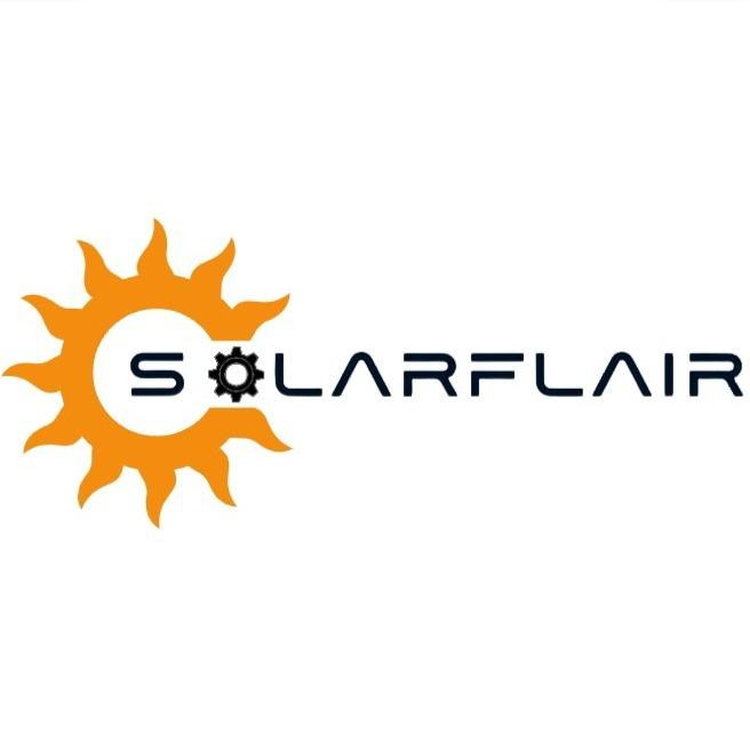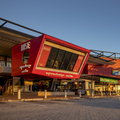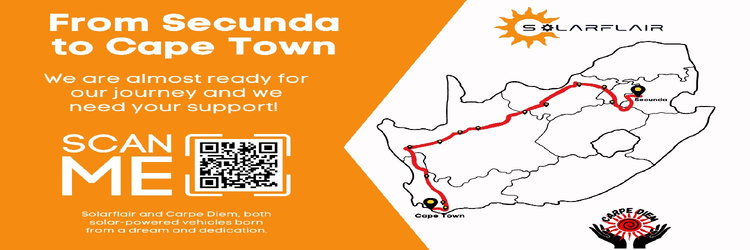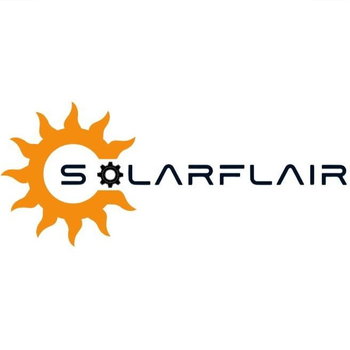
SASOL SOLAR CHALLENGE - MPU SOLAR FLAIR
2024 SASOL SOLAR CHALLENGE
In September 2024, South Africa will host professional and amateur solar car teams from around the world as they take on the Sasol Solar Challenge.
Now in its 16th year (in 2024), teams take on the challenge to develop, build and drive solar-powered cars, with the ultimate goal of covering the most distance without using a drop of fuel. It alternates with the Bridgestone World Solar Challenge and has hosted some of the world’s leading teams as they test their vehicles ahead of the global event. Solar car teams typically partner with leading technology companies to test and develop cutting edge innovations during their participation at solar challenges.
The Sasol Solar Challenge is renowned for being uniquely challenging due to the varying weather conditions and a total altitude drop of nearly 2 000 m, putting the often newly launched technology inside solar cars to the ultimate test.
Competitive solar cars have to be lightweight, aerodynamic, efficient, and safe - making them ideal testbeds for a variety of engineering sectors.
In September 2024, South Africa will host professional and amateur solar car teams from around the world as they take on the Sasol Solar Challenge.
Now in its 16th year (in 2024), teams take on the challenge to develop, build and drive solar-powered cars, with the ultimate goal of covering the most distance without using a drop of fuel. It alternates with the Bridgestone World Solar Challenge and has hosted some of the world’s leading teams as they test their vehicles ahead of the global event. Solar car teams typically partner with leading technology companies to test and develop cutting edge innovations during their participation at solar challenges.
The Sasol Solar Challenge is renowned for being uniquely challenging due to the varying weather conditions and a total altitude drop of nearly 2 000 m, putting the often newly launched technology inside solar cars to the ultimate test.
Competitive solar cars have to be lightweight, aerodynamic, efficient, and safe - making them ideal testbeds for a variety of engineering sectors.


